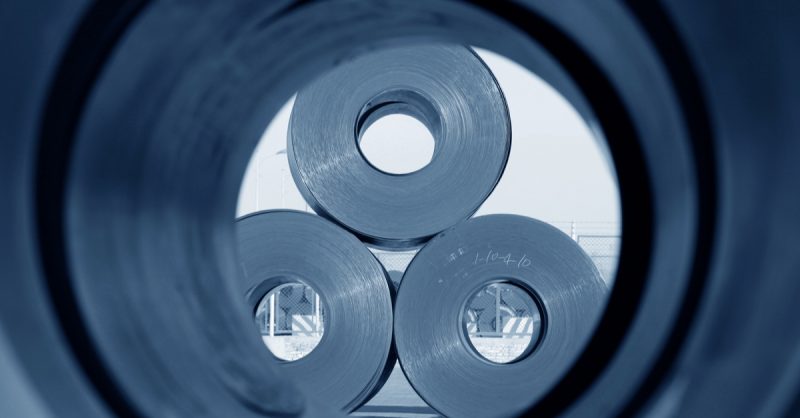
Nucor Lowers Hot-Rolled Coil Prices to $890/t Amid Market Trends
Nucor, a leading US steel producer, reduced its hot-rolled coil (HRC) prices by 1.1% to $890 per short ton for August 4-10, 2025. This price adjustment follows a brief stabilization phase in early August. Notably, California Steel Industries (CSI) maintains a higher HRC price at $950/t, also reflecting a 1% decline. These changes highlight ongoing volatility in the US steel market as producers respond to shifting demand and tariff impacts.
US hot-rolled coil prices peaked earlier in the year, reaching $935/t ($995/t for CSI) in late March and holding steady until mid-April. After June’s price increase—driven largely by the doubling of steel import duties under Section 232 to 50%—prices have softened in July and early August. Market sources, including SMU, estimated spot prices around $780-900/t by late July, down slightly from previous weeks. The typical lead time for HRC orders ranges between 3 and 5 weeks.
Market Dynamics Influencing Nucor’s Hot-Rolled Coil Price Reduction
The US steel sector has experienced shifts due to both policy and market demand. Cleveland-Cliffs’ announcement of increased HRC offers to $950/t in July signals competitive pricing pressures within the industry. Nucor’s price cut aligns with broader market trends and reflects efforts to maintain market share amid fluctuating import tariffs and supply-demand balances.
Meanwhile, political factors remain significant. The Trump administration’s Section 232 steel import tariff increase to 50% in mid-2025 spurred earlier price hikes by protecting domestic producers. However, the resulting market adjustments have created a complex pricing environment, prompting companies like Nucor to moderate prices as demand evolves. These market movements directly impact commodity pricing and supply chains in North America.
SuperMetalPrice Commentary:
Nucor’s decision to lower hot-rolled coil prices indicates cautious optimism amid a challenging steel market. While tariffs initially supported price increases, ongoing adjustments suggest demand pressures and competitive dynamics now dictate pricing strategies. Industry watchers should monitor how global supply shifts and US trade policies influence future steel pricing. For metals buyers and investors, these price movements highlight the importance of flexible procurement and strategic planning in volatile commodity markets.



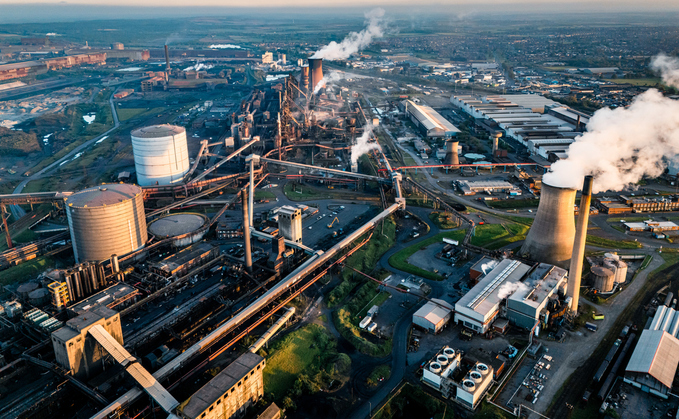



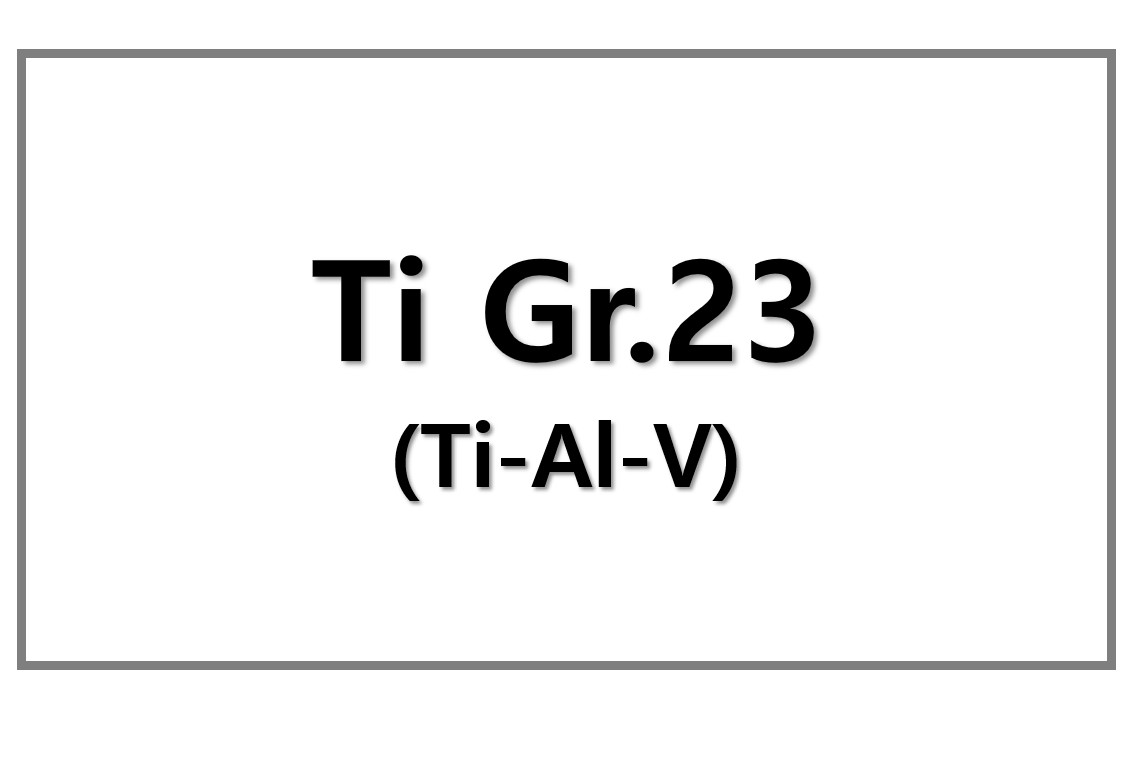
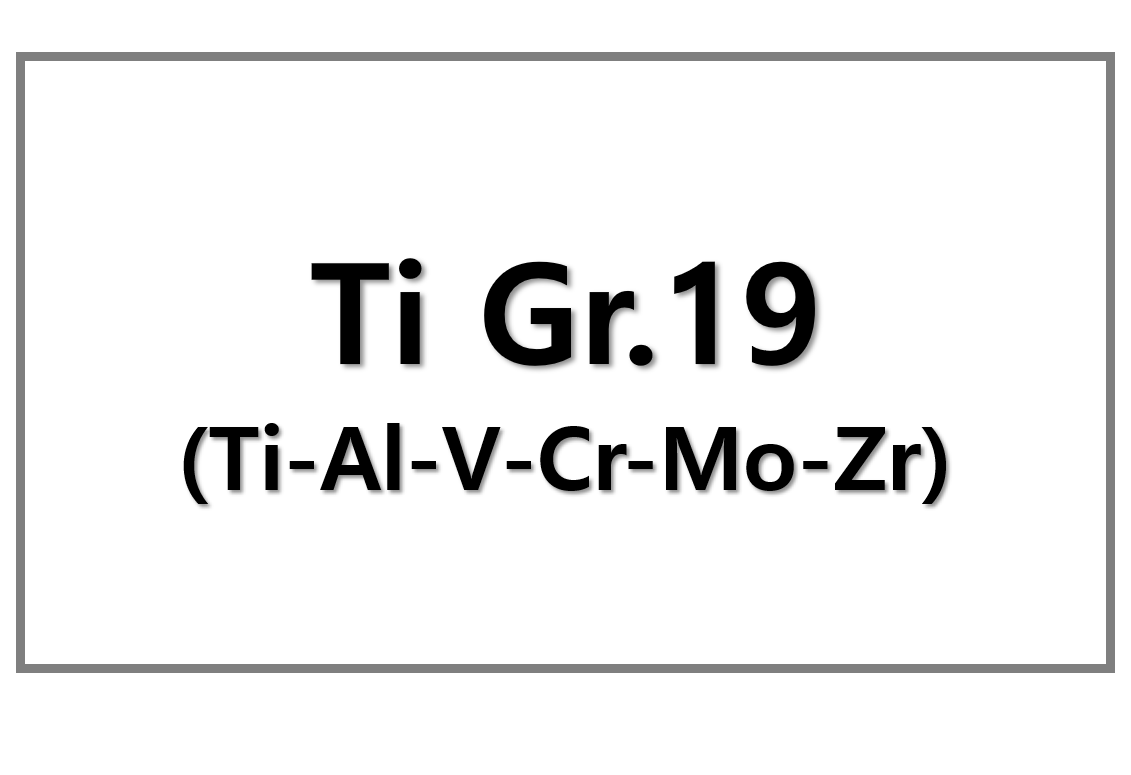
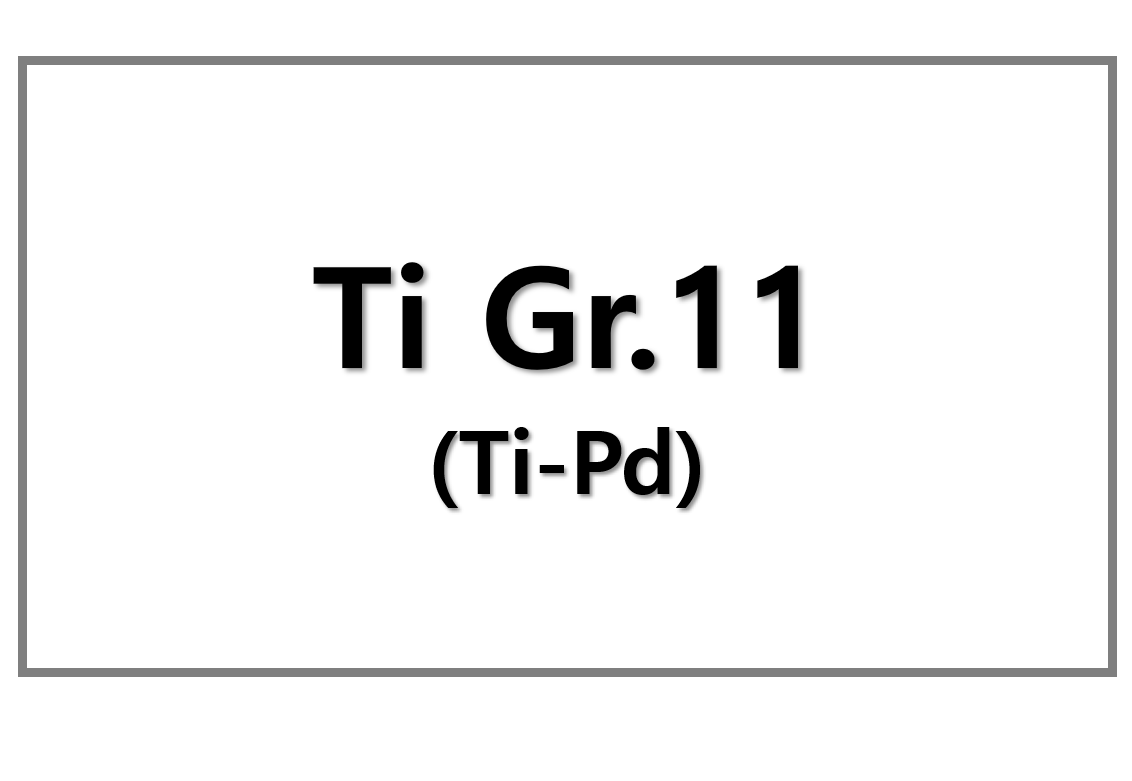
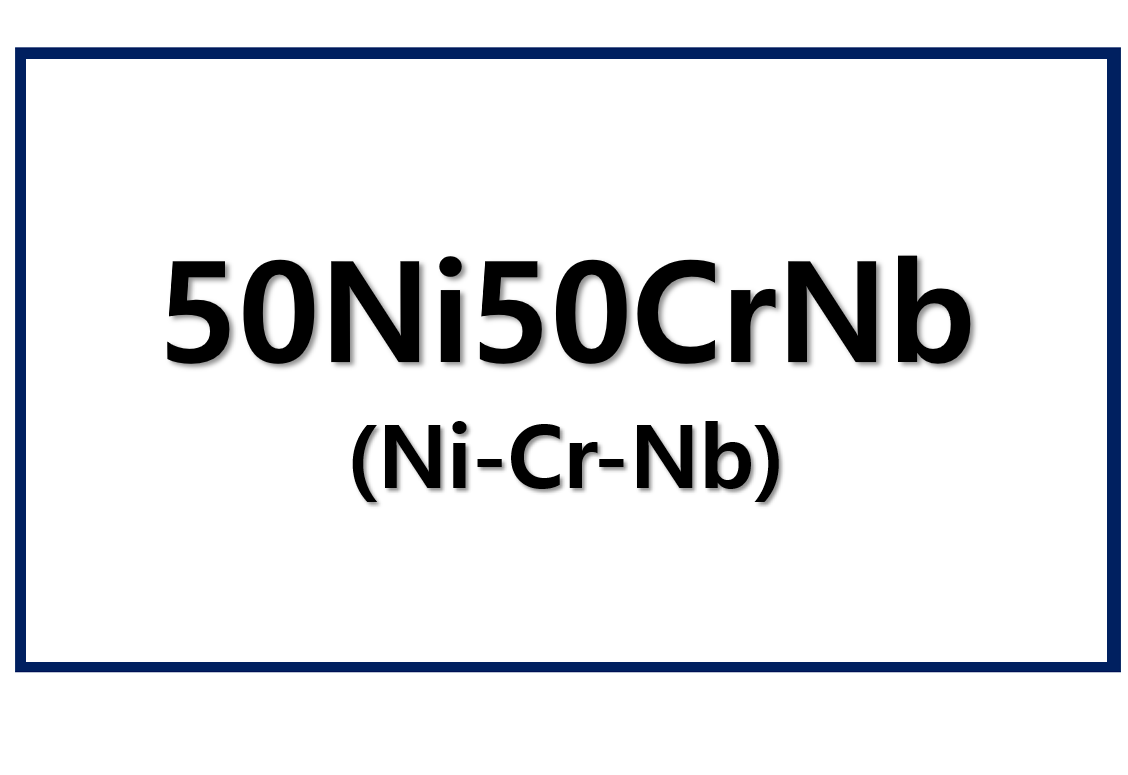
Leave a Reply
You must be logged in to post a comment.